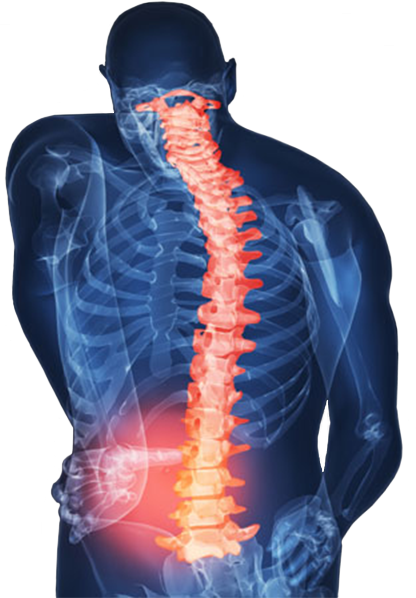Over 80% of dental professionals suffer from pain associated with musculoskeletal disorders caused by the demands of their profession. Years of hunching over patients, reaching and stretching in awkward positions, fighting with equipment, and coping with the physical redundancy of the occupation leaves the professional with daily pain and chronic discomfort. Dentists commonly suffer from tingling and numbness in fingers and hands and deal with shoulder, back, neck, and hip pain.
These regularly occurring conditions, if ignored, can cause cumulative physiological damage that may lead to a career ending injury. Similarly to a professional athlete, the dental professional needs to understand how rigorous physical strains and repetitive movements lead to muscle imbalances, postural dysfunction, and compensatory movement patterns. Overused muscles fatigue while underused muscles fail to properly support the spine and extremities. Fortunately, the pain and discomfort of dentistry is avoidable. Like the athlete, the dental professional needs to train his or herself physically to prevent and reduce pain. Unfortunately if muscle imbalances and compensatory movement patterns already exist, general exercises can be detrimental. They tend to only reinforce faulty movements and imbalances. Without focused and specific movement re-education, the strong and overused muscles and systems will be further strengthened while the neglected musculature will remain weak.
Biomechanical re-education must be introduced taking into account the occupational, recreational, and daily activities. Oppositional movement patterns must be created to counteract imbalances and common repetitive positions. The importance of muscle recruitment, balance, spine segmental mobility, stabilization and breathing techniques need to be properly learned to restore function and alleviate pain. We advocate the introduction of these specific programs as early as dental school. A strong emphasis on a daily commitment to the program will provide career sustainability and contribute to overall wellness.
Also, proper body mass index (BMI) must be maintained to reduce added stress on the structural support system. Cardiovascular exercise for 30 minutes, three times per week, is recommended. Proper nutritional guidelines must be followed to reduce muscle recovery time and increase endurance.
Richard Williamson, BS
A.C.E. C.P.T.
Certified Pilates Practitioner
Julie Williamson, MS PT
Certified Pilates Practitioner






